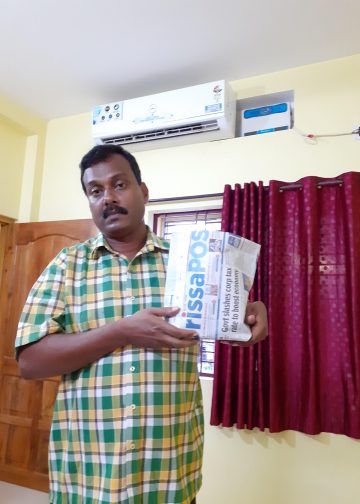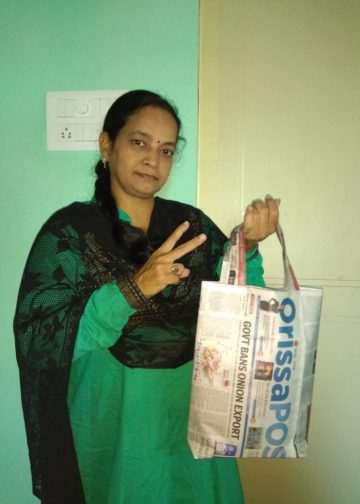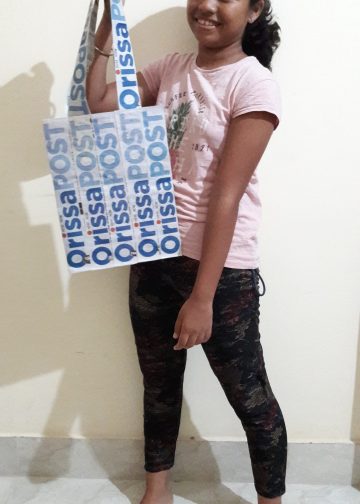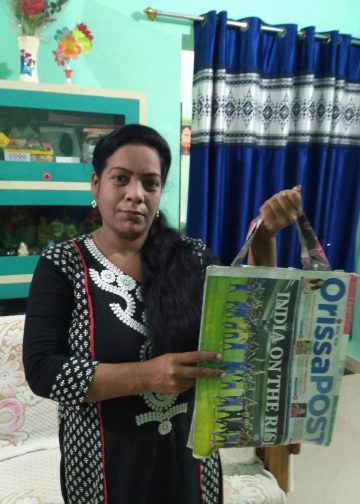Whenever you think about starting a new health or hair treatment, it’s natural to wonder about side effects. No matter how promising the results, safety remains a top priority. With Traya’s multi-science approach that blends dermatology, Ayurveda, and nutrition, people often search for answers around “side effects of Traya hair treatment reviews” to make an informed decision. Instead of relying only on scattered opinions, let’s break down the treatment components and understand the potential side effects from a scientific perspective. This will help you separate facts from fear and approach your treatment journey with clarity.
Why side effects happen in hair fall treatments
First, it’s important to understand that any genuine, active treatment, whether natural, medical, or combined, may come with some degree of side effects. This is because:
- Hair fall treatments often impact hormonal pathways, nutrition, and scalp health.
- The adjustment period involves your body adapting to internal and external changes.
- Individual reactions vary based on health conditions, sensitivities, and lifestyle factors.
The goal is not to avoid treatments entirely but to understand the risks and manage them responsibly.
Traya’s multi-science approach: Safety profile by component
Traya’s treatment is structured around three pillars. Let’s look at each one from a side effects standpoint.
- Dermatology: External treatments for the scalp
Dermatological products in Traya’s plan are prescribed by doctors based on your scalp condition and hair loss stage.
- Topical solutions usually target DHT and improve blood circulation.
- Possible side effects include:
- Mild scalp dryness or irritation.
- Initial increase in hair shedding (a normal part of hair cycle adjustment).
- Rare allergic reactions, depending on skin sensitivity.
- These effects, if they appear, are typically mild and temporary.
Regular check-ins with Traya’s doctors help monitor and adjust treatments if needed.
- Ayurveda: Internal balance and stress management
Ayurvedic herbs in Traya’s plan are natural but still active substances that influence your body’s systems.
- Commonly used herbs like Ashwagandha, Brahmi, and Bhringraj are generally safe.
- Possible side effects include:
- Mild digestive adjustments as your system adapts.
- Drowsiness or relaxation effects from stress-relieving herbs like Brahmi.
- Rare allergic reactions in sensitive individuals.
- Traya’s Ayurvedic formulations are personalised, meaning doses are adjusted to suit individual tolerance.
With proper medical supervision, Ayurvedic components remain a gentle part of the treatment.
- Nutrition: Filling deficiencies safely
Nutritional supplements play a crucial role in supporting hair health.
- Supplements usually include iron, vitamin D, zinc, biotin, and amino acids.
- Possible side effects include:
- Digestive discomfort if supplements are not taken with meals.
- Metallic taste (commonly reported with iron).
- Nausea in rare cases, especially with high-dose supplements.
- To prevent over-supplementation, Traya tailors dosages to individual requirements.
When taken as prescribed, nutritional support generally carries low risk.
Combination Therapy: Are side effects higher?
Using multiple sciences together raises a fair question, does it increase the chance of side effects?
- The short answer: Not necessarily, if the treatment is personalised and monitored.
- Each component addresses different aspects of hair fall (scalp health, internal balance, nutrient replenishment).
- Rather than overlap, the components complement each other.
- Personalisation helps reduce risks by avoiding unnecessary or excessive dosing.
Traya’s regular doctor consultations act as a safety net, allowing timely adjustments based on user feedback.
Realistic expectations: What to watch for
Based on Traya’s structure, here’s what users might typically experience:
- Initial weeks (Weeks 1–4):
- Possible mild digestive changes.
- Scalp dryness or slight itching as topical treatments begin.
- Temporary increase in hair shedding (normal part of the hair growth cycle resetting).
- Adjustment phase (Weeks 5–8):
- Body begins to adapt to supplements and herbal support.
- Scalp irritation, if any, generally settles.
- Beyond 2–3 months:
- Most users report minimal to no ongoing side effects.
- Positive improvements like reduced shedding and better scalp health become noticeable.
Common mistakes that lead to side effects
Some side effects can happen if the treatment isn’t followed properly. Common issues include:
- Skipping doctor consultations: Missed follow-ups can delay important adjustments.
- Self-medicating or changing doses: Always stick to prescribed plans.
- Ignoring pre-existing health conditions: Always disclose full medical history to Traya’s doctors.
- Inconsistent usage: Irregular application of topical solutions or skipping supplements can lead to uneven results and discomfort.
Traya’s support system is designed to prevent these issues through proactive guidance.
Expert perspective
From a medical point of view:
- Personalised, doctor-led treatments carry a lower risk of side effects compared to generic, off-the-shelf solutions.
- Ayurvedic and nutritional components, when used correctly, enhance the body’s natural recovery without overburdening it.
- Regular monitoring helps catch and resolve side effects early.
This explains why Traya maintains a reasonably safe profile, despite the complexity of its multi-science plan.
Side effects are a valid concern for anyone considering a new hair fall treatment. With Traya’s approach, they are generally mild, manageable, and temporary. By combining dermatology, Ayurveda, and nutrition under medical supervision, Trayaworks to balance effectiveness with safety. While no treatment is entirely risk-free, the personalisation and ongoing monitoring in Traya’s system help minimise unwanted effects. Understanding the possible side effects equips you to start the journey with realistic expectations and confidence in the process. If you’re looking for a comprehensive yet mindful treatment plan, Traya provides both structure and safety.







































